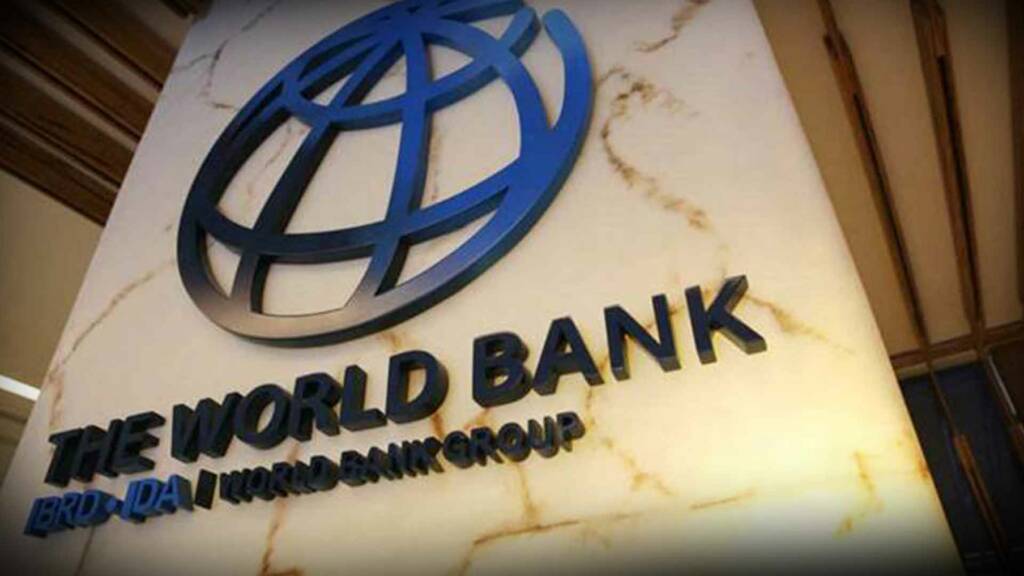World Bank, the global lender, has praised the management of the Indian economy during the pandemic in its South Asia Economic Focus report, released ahead of the annual Spring meeting of the World Bank and the International Monetary Fund (IMF). The organisation said it is “Amazing How Far India Has Come” and predicted the economic growth of the country could range from 7.5 per cent to 12.5 per cent in the next fiscal year.
“Given the significant uncertainty pertaining to both epidemiological and policy developments, the real GDP growth for FY21-22 can range from 7.5 to 12.5 per cent, depending on how the ongoing vaccination campaign proceeds, whether new restrictions to mobility are required, and how quickly the world economy recovers,” the World Bank said.
“It is amazing how far India has come compared to a year ago. If you think a year ago, how deep the recession was unprecedented declines in activity of 30 to 40 per cent, no clarity about vaccines, huge uncertainty about the disease. And then if you compare it now, India is bouncing back, has opened up many of the activities, started vaccination and is leading in the production of vaccination,” Hans Timmer, World Bank Chief Economist for the South Asia Region, told news agency Press Trust of India.
Read More: ‘Attack on private sector is unacceptable,’ says Modi as we behold the rise of a Chanakyan economy
The Modi government has managed the macroeconomy very well throughout the pandemic. Instead of focusing only on demand-side stimulus, the government also implemented many supply-side reforms like agriculture market liberalisation, labour market reforms and the Production-linked incentive scheme.
As soon as the pandemic hit the Indian shores, the government induced an immediate lockdown and Prime Minister Narendra Modi went into overdrive and announced a massive 20 lakh crore package, roughly 10 per cent of India’s Gross Domestic Product (GDP) to give immediate relief against the slowdown induced by the Pandemic and the related lockdowns.
Out of the 20 lakh crore rupees package, 8.04 lakh crore rupees have already been injected into the system in the form of additional liquidity through various means across February, March and April. Add to it, the 1.7 lakh crore rupees relief package that Union Finance Minister Nirmala Sitharaman had announced on March 27, shortly after the imposition of a nationwide lockdown.
Read More: India’s economy and the Indian govt have one big message: The time for pharma studies has arrived
Amid the pandemic, India carved out a new strategy for growth and named it ‘Aatmanirbhar Bharat’. Under the Aatmanirbhar Bharat campaign, the Modi government is pushing towards privatisation, liberalisation and promotion of Indian firms and local businesses. The government made it very clear that public sector companies will exist only in strategic sectors, that too in not more than four or five sectors.
Moreover, foreign companies will be treated in the same manner as they treat Indian companies, and countries like China will not be allowed to have a huge trade surplus. Therefore, the huge amount of foreign reserves which used to go outside the country will now be accumulated and invested in boosting and improving the infrastructure of the nation.
World Bank is not the first agency to announce the bright prospects of the Indian economy in the coming years. Previously, agencies like the United Nations, International Monetary Fund, many development organisations and credit rating agencies said that India is set to become the fastest-growing economy of the world in the next financial year.
